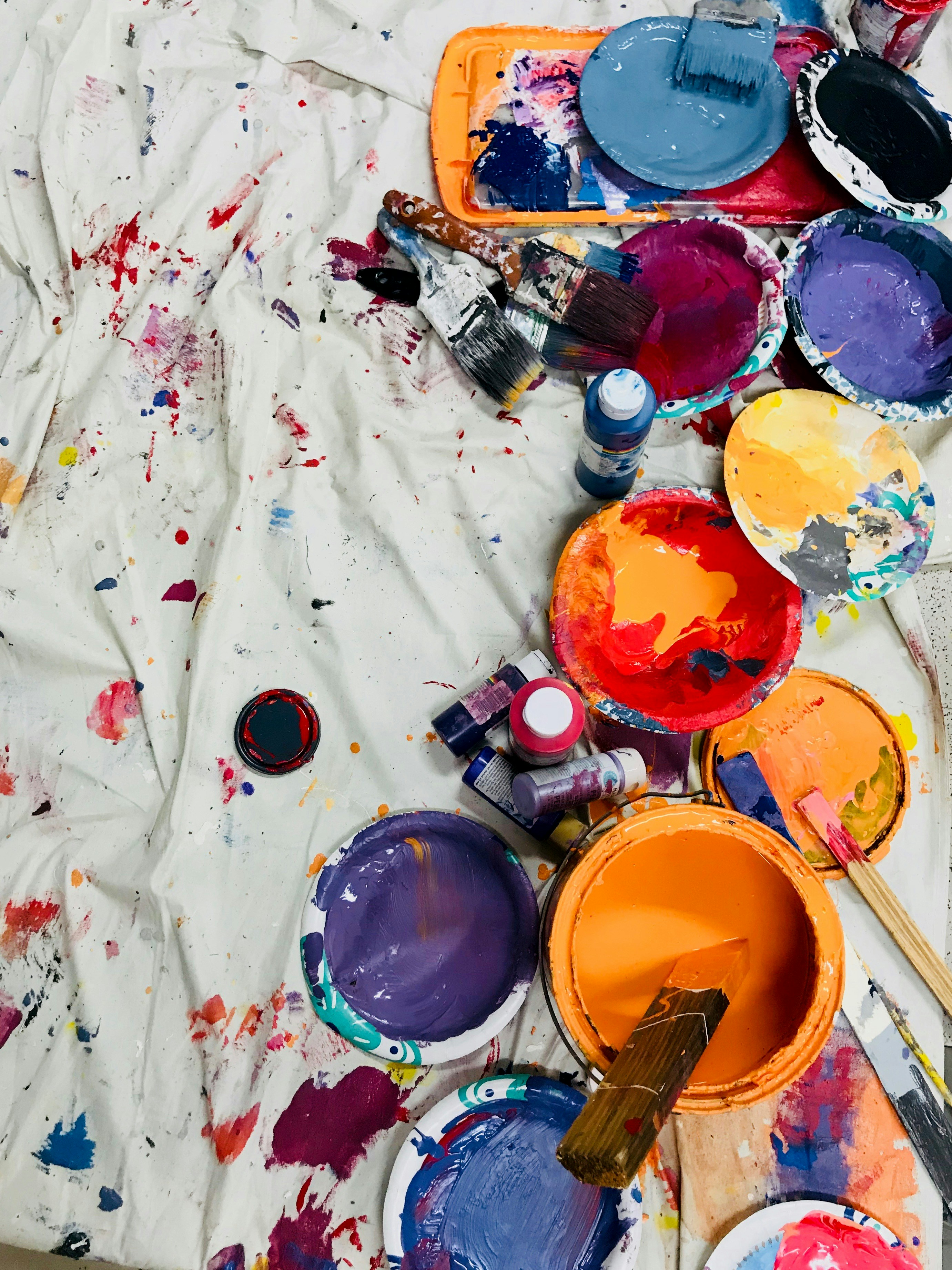Art therapy is a therapeutic practice that uses creative processes such as drawing, painting, sculpture, and other forms of visual art to help individuals express themselves, explore emotions, and address psychological issues. It is based on the idea that the creative act can be a powerful way to understand and manage feelings, develop self-awareness, and enhance overall mental health. Art therapy can provide a non-verbal outlet for emotions, making it particularly useful for those who find it difficult to articulate their thoughts and feelings.
The history of art therapy can be traced back to the early 20th century, influenced by the work of psychiatrists and psychologists who recognized the therapeutic potential of art. Figures like Carl Jung and Sigmund Freud explored the symbolic nature of art in understanding the unconscious mind. In the mid-20th century, art therapy began to emerge as a distinct profession, with pioneers like Margaret Naumburg and Edith Kramer establishing foundational principles and methods. Over the decades, art therapy has grown and diversified, becoming an established field within mental health care, education, and community services.
Who is Art Therapy For?
Art therapy is for anyone seeking a creative and alternative approach to mental health and emotional well-being. It can benefit individuals of all ages, including children, adolescents, adults, and the elderly. It is especially helpful for those who struggle with verbal expression, such as people with autism, trauma survivors, and those with developmental or learning disabilities. Art therapy is also suitable for people experiencing stress, anxiety, depression, and other mental health issues.
What is Art Therapy Beneficial For?
Who Can Practice Art Therapy?
Art therapy is practiced by trained and credentialed art therapists who typically hold a master's degree in art therapy or a related field. They undergo extensive training in both psychological theory and artistic techniques, along with supervised clinical experience. Art therapists must also be licensed or certified, depending on the regulations of the country or state they practice in. This ensures they are qualified to address complex emotional and psychological issues through the creative process.
How Can You Choose the Right Practitioner for Art Therapy for You?
Choosing the right art therapist involves considering their qualifications, experience, and approach. Look for a practitioner who is licensed or certified and has specific training in art therapy. It's important to check their professional background, read reviews, and possibly seek recommendations. An initial consultation can help you gauge their style and whether you feel comfortable and understood. Trust and rapport are crucial, so choose someone you feel at ease with and who aligns with your therapeutic goals.
What Does a Typical Art Therapy Session Look Like?
A typical art therapy session begins with a discussion about the client's current issues and goals. The therapist may provide various art materials and suggest a specific project or leave the choice open to the client. The creation of art is followed by a dialogue where the therapist and client explore the meaning and emotional content of the artwork. Sessions are usually structured to allow both creative expression and reflective discussion, fostering a deeper understanding of the client's inner world. Each session typically lasts between 45 to 60 minutes.
What Does a Virtual Art Therapy Session Look Like?
A virtual art therapy session is conducted via video call, where the client and therapist interact in real-time. Clients are encouraged to have their art supplies ready before the session starts. The therapist may guide the client through a creative activity or allow them to create freely. The session includes the same elements as in-person sessions: art-making, discussion, and reflection on the artwork. Virtual sessions provide flexibility and convenience, enabling clients to engage in therapy from the comfort of their own space.
What Can You Expect After a Session of Art Therapy?
After a session of art therapy, clients often feel a sense of relief and insight as they have externalized and processed their emotions through creative expression. Many individuals experience a reduction in stress and anxiety, as well as a greater sense of self-awareness and emotional clarity. Clients may also discover new perspectives on their issues and develop coping strategies. Over time, art therapy can lead to improved emotional regulation, enhanced self-esteem, and overall better mental health.
How Can I Find Practitioners in This Modality?
Below are some of the practitioners in the Heallist Network who offer services in this area:
Ready to Begin Your Healing Journey?
The Heallist Network connects you with a diverse community of holistic practitioners across 200+ modalities—from energy work and alternative medicine to coaching and spiritual guidance. Explore, connect, and find the support that resonates with you.

